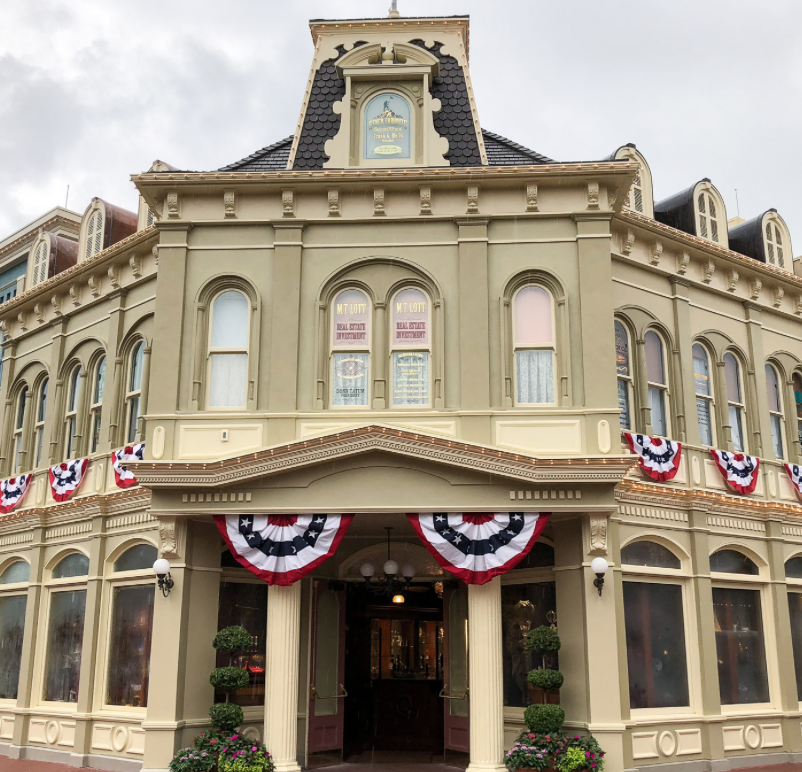Crystal Arts
Visiting the glass blowing store, Crystal Arts, in the Magic Kingdom at Walt Disney World, offers a unique and educational experience for visitors of all ages. At Crystal Arts, you can watch skilled artisans demonstrate the intricate process of glass blowing right before your eyes. The demonstration showcases how glass, in its molten state, is carefully shaped and molded into beautiful art pieces. This process highlights the importance of temperature control, timing, and precision.
Watching glass blowing in action not only provides appreciation for this ancient art form but also serves as an engaging lesson in the properties of materials and the science behind thermal expansion and contraction. Visitors can learn about the types of tools used in glass blowing, the significance of color additives, and how different techniques result in varying textures and patterns in the final product. This hands-on visual learning experience helps to deepen understanding of chemistry and physics concepts in a real-world setting, making a trip to Crystal Arts both magical and educational.
Pre-K and Kindergarten
Science: All about Geodes: Geodes are intriguing geological formations that offer a unique glimpse into the world of crystals. Essentially, a geode begins as a hollow rock filled with mineral-rich water. Over time, minerals in the water precipitate and crystallize along the interior walls, creating stunning crystal formations within the geode. The most common minerals found in geodes include quartz and calcite, and the resulting crystals can vary significantly in size, shape, and colour. The process of crystallization that occurs within geodes not only showcases the beauty of natural crystals but also highlights the conditions under which different types of crystals form. As such, geodes serve as a fascinating example of how diverse and captivating the world of crystals can be, bridging the gap between the earth's geological activity and the aesthetic allure of crystal formation.
Lower and Upper Elementary
Science: Grow crystals with this fun kit from National Geographic. Growing crystals can be a captivating and educational experience, offering insights into the principles of chemistry and geology. Through this process, individuals can observe how various conditions—such as temperature, concentration, and evaporation rate—affect crystal growth. This hands-on experiment allows learners to understand the molecular structure of crystals, as well as the factors that influence their size, shape, and clarity. Additionally, growing crystals can foster patience and persistence, as it often requires time for the process to yield visible results. Overall, this activity not only deepens one’s appreciation for the natural world but also cultivates scientific curiosity and inquiry.
Middle School
Art and History: Create a glass mosaic and learn about mosaics with this creative kit from National Geographic. Mosaics and glass are intricately connected through the use of glass pieces in mosaic art. Historically, artists have utilized small, colorful glass fragments to create vibrant and intricate designs, allowing for a wide range of colours and patterns that enhance the visual appeal of the mosaic. This combination not only adds brilliance and reflectivity to the artwork but also showcases the versatility of glass as a medium. The technique of incorporating glass into mosaics can also be traced back to ancient civilizations, where it was often used in public spaces such as temples and basilicas to convey important narratives and embellish architectural features. Through their fusion, mosaics reveal the enduring legacy of glass craftsmanship in artistic expression, bridging the realms of both art and material science.





